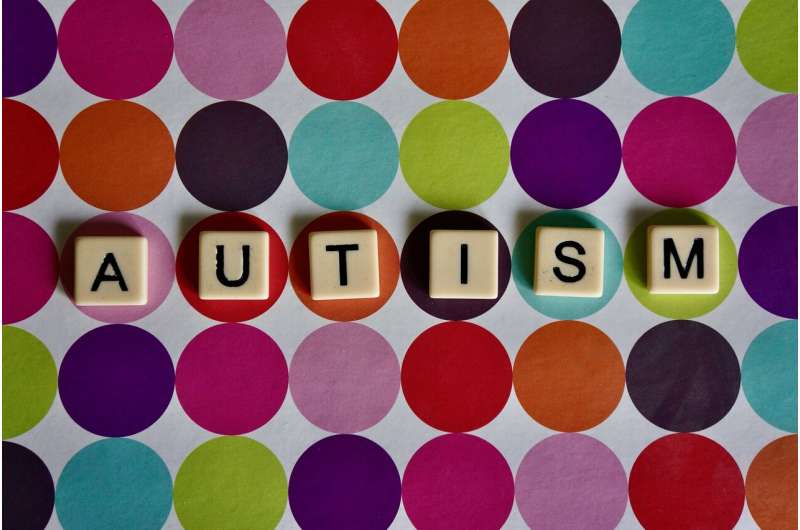Understanding Nonverbal Autism: My Journey and Insights

Learn about nonverbal autism through the personal experience of a nonspeaking individual, highlighting communication methods, common myths, and ways to foster understanding and inclusion.
Autism diagnosis often occurs after observing early signs, but my personal journey began long before that, at the age of three years and three months. My family recognized autistic features from around 15 months old, noting my lack of responsiveness to calls, lining up toys instead of playing normally, and using gestures like taking people's hands to get what I wanted. I also experienced frequent meltdowns in overwhelming environments or when routines were disrupted, yet I lacked the words to express my feelings.
Initially, I was diagnosed with autism, which was difficult for my family to accept, fearing I might never live independently or have a full life. However, my family responded proactively by implementing intensive behavioral therapies, speech therapy, and other supportive measures. Despite these efforts, I did not develop spoken language.
A pivotal breakthrough came at age nine when I started using augmentative and alternative communication, specifically supported typing with a device called a Lightwriter that vocalizes what I type. This support involves a person gently touching my shoulder to help me stay focused and aware of my body, facilitating effective communication.
I now use supported typing at school and university, where I am pursuing a Ph.D. in research focusing on neurodiversity among autistic individuals with limited or no speech, or those with complex communication needs. Thanks to this method, I live a more engaged and meaningful life. I even delivered a TEDx talk as one of the first nonspeaking speakers and authored my autobiography, all through supported typing.
Understanding the prevalence of nonverbal autism is important. In Australia alone, approximately one-third of the 290,900 autistic individuals are nonspeaking, making them a vulnerable and often marginalized community. Many face social exclusion and stigma. Misinformed myths about autistic nonspeakers persist, and it's crucial to address these misconceptions.
Contrary to the myth that they do not use language, many autistic nondisabled individuals understand and can utilize language in various ways. I, for example, am a visual thinker who learned to link speech to objects and symbols around age six, which enabled me to communicate more effectively. Support for sensory and movement differences, such as physical touch, helps us focus and express ourselves.
Another misconception is that we don’t understand others’ thoughts or emotions. With appropriate tools like social stories, many autistic nonspeakers develop empathy and social understanding. These stories prepare us for social interactions, helping us process and navigate new situations at our own pace.
Sensory overload is a significant factor for many autistic nonspeakers. Environments with bright lights or loud noises can become overwhelming, leading to behaviors like rocking, humming, or running away to self-regulate. When these strategies are insufficient, behaviors such as screaming or meltdowns occur, not out of defiance, but because we feel unsafe or stressed. Providing safe spaces allows us to regain calmness without resorting to concerning actions.
If you encounter an autistic individual who does not speak, remember to be patient and give us the time and space needed to communicate. Understanding and respecting our strategies for processing the world can foster more inclusive interactions and support our well-being.
Stay Updated with Mia's Feed
Get the latest health & wellness insights delivered straight to your inbox.
Related Articles
Addressing Interpersonal Violence as a Critical Public Health Issue in New Zealand
New research highlights that over 60% of women in New Zealand experience interpersonal violence, linking it to serious health issues and hospitalizations. Recognizing violence as a public health crisis is vital for effective prevention and care.
Strategies to Preserve Cognitive Health Across All Ages
Discover effective strategies to preserve and enhance cognitive health throughout life, including building cognitive reserve through lifelong learning, social engagement, and stimulating activities.



